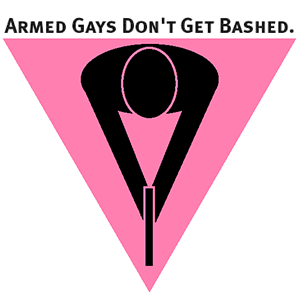With the advent and subsequent domination of digital creative tools, media professionals are faced with a set of problems–and expectations–unique to the modern age. Whereas professionals working in the creative domain may have once been considered highly-specialized in their respective fields, the modern artist — in any form of media — is a brand unto him or herself. To achieve success within the creative industry, it is often necessary for these individuals to adopt multi-modal approaches to the work they are tasked with doing.
Take, for instance, the digitization that’s occurred within these industries; given the advent and advancement of digital tools catered towards these professionals, it is now commonplace to rely upon software as the primary means of content creation. To get a better sense of how these tools have shaped the way artists approach their work, I turned to Kerry Smith, a Portland-based composer, and Zoey Cox, a freelance illustrator, for commentary.
“…it’s almost 2017. Everything’s going the route of software,” Smith said. “It would be hard for me to work today without it”.
From illustration and animation to music composition and more, artists in various fields have grown accustomed to utilizing these tools regularly.
“The software I use most of the time is an illustration program known as Paint Tool Sai”, Cox said. “…[It makes me feel] as though I’m drawing on paper and not directly into a program [and] it has a lot of features that make transitioning from a traditional workflow to a digital one [easier]”.
With so much software having saturated the creative market, many professionals tend to find what works for them on a practical level and stick with it.
“…my familiarity [with Paint Tool Sai] keeps me using it”, Cox said, noting that she’d worked with the program for nearly 10 years.
“[I’m] currently using Pro Tools”, Smith said. “…[it’s] the platform my previous employer used, and I have a large backlog of projects created with it.”
Preferences aside, the increasingly wide range of what can be accomplished within any given piece of software has, for all intents and purposes, eschewed previously held notions of specialization; for many professionals, interdisciplinary overlap is a necessity.
“…it’s not like I’m doing the entire scope of someone else’s job”, Smith said, “…but if I’m converting video formats, cleaning up (voiceover) tracks, doing reference or broadcast mixes, assembling reels, updating a website, or doing marketing and promotion, it’s all part of the job now.”
While this sense of overlap has become commonplace, the ‘death of the specialist’ has also led in part to an influx in creative collaboration across the board.
“For the most part, I just serve as an illustrator, animator, or do motion graphics for any project I’m involved in”, Cox said. “…[but] individuals from other professions [such as] marketing or graphic design will collaborate with me on something”, Cox said. “For example, someone designs a logo, [and] it’ll be my job to animate it.”
But despite the benefits modern technology may offer media professionals, these tools are not without their respective drawbacks.
“One of the biggest disadvantages that comes to mind with working [in] software is mobility. Nothing can compare to the flexibility of carrying around a sketchpad”, Cox said. “…no sketchpad needs an outlet, [and] sketchpads don’t have any software bugs or glitches. Because of these problems, I do think it’s good to use both software and traditional means”.
Glitches in software and limitations of hardware aside, for those who work within these fields, the speed and efficiency afforded through the tools available present undeniable benefits.
“I still love hiring musicians, but the ability to mock things up, make revisions, score to video and deliver to clients in more timely and cost-effective ways [using software] is a huge boon in comparison to doing it all by hand”, Smith said.
But the same benefits have created a brand new set of rules to play by for both content providers and clientele.
“…client expectations for quality, speed and affordability have changed as they get ‘better-quality’ and faster work from people”, Smith said.
With the evolution of both hardware and software capabilities over the years, the position of creative professionals serving as specialists within their given field has become increasingly rare.
“…as composers and other modern digital creatives have taken on more duties that used to be spread out among different people thanks to the ability of software, it’s created a lot more pressure on said creatives”, Smith said, “…which creates additional stress and opportunities for failure”.
While the proliferation of digital tools, resources, and more have facilitated a more accessible window into creative and media-driven professions, to achieve success within these fields, it is often necessary—for better or worse—to adopt a workhorse mentality.
“…prolonged “crunch time” periods are rarely healthy for anyone, especially when that becomes the norm”, Smith said. “Pushing for sanity is important.”





